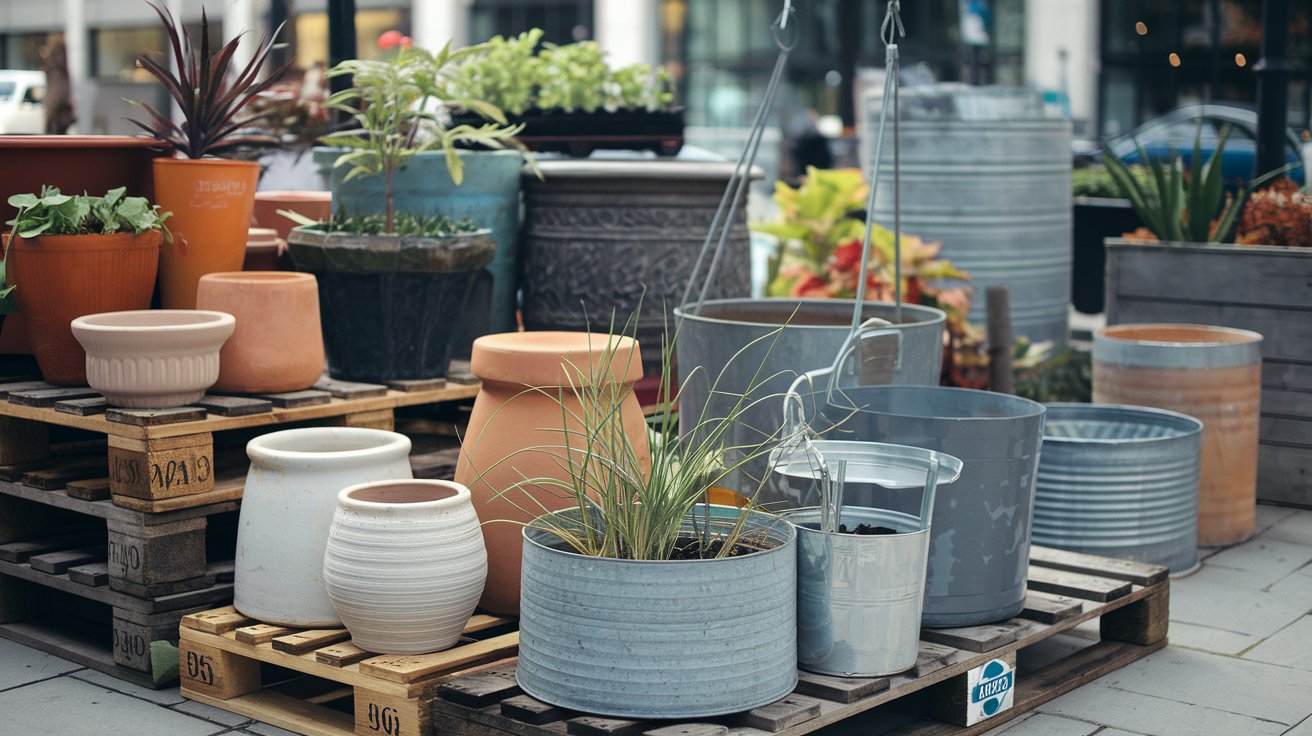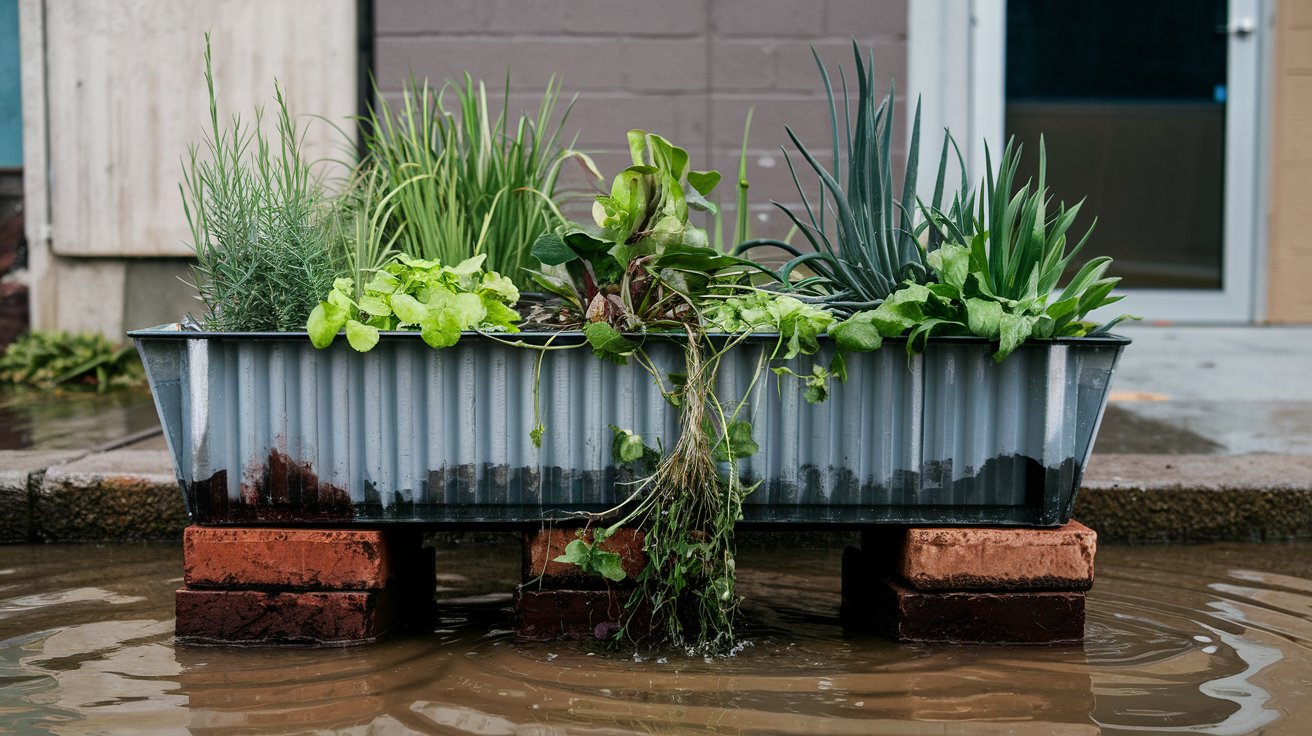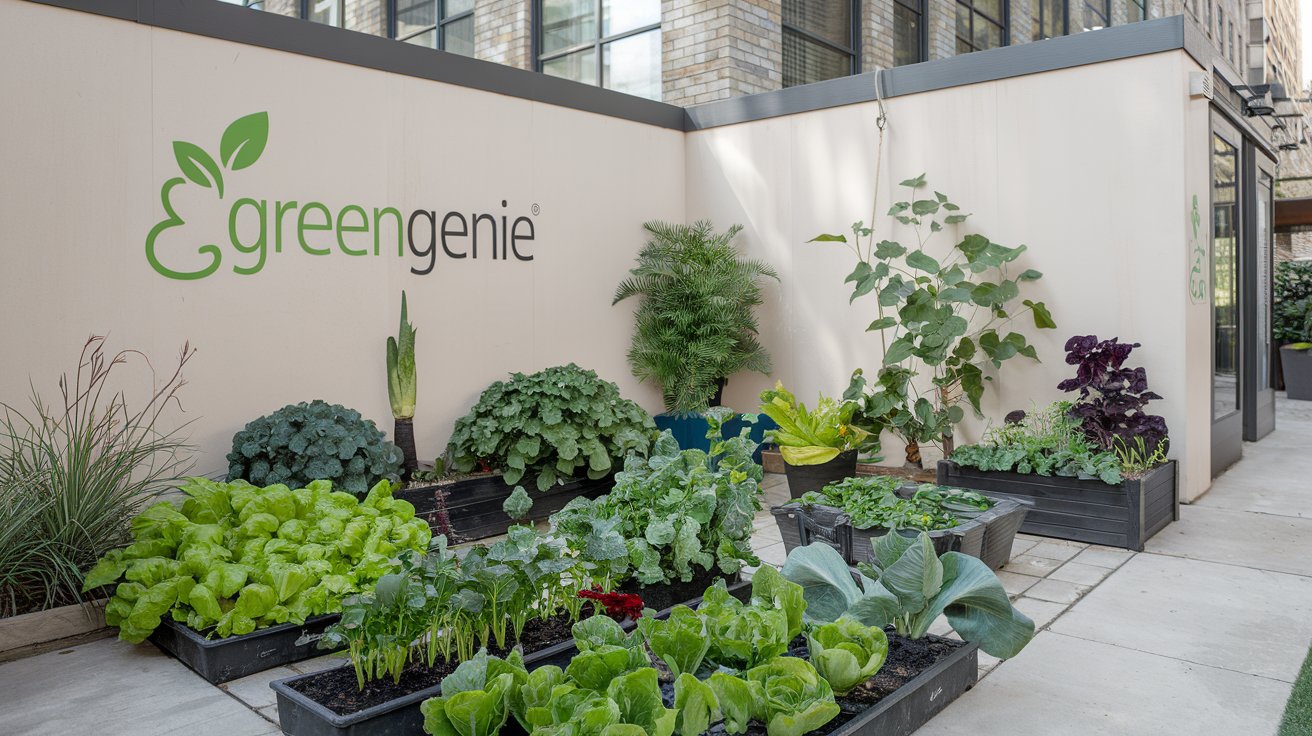Growing vegetables in small urban spaces
The trend of cultivating food in compact areas, such as balconies, patios, or windowsills, has been on the rise. This practice enables the effective production of fresh produce using limited space through environmentally friendly methods. It also helps reduce expenses on groceries and fosters a sense of pride in nurturing crops within the urban landscape. The following sections offer guidance on how to begin and select suitable vegetables, containers, and innovative strategies for optimizing space.
Why Grow Vegetables in Urban Spaces?
City living often limits access to gardening areas and fresh, locally sourced produce typically found in rural settings. There are numerous advantages to growing your own vegetables in an urban environment. For starters, it can significantly lower grocery costs. Secondly, it provides access to healthier food choices. Thirdly, it promotes environmental sustainability by minimizing the transportation and packaging associated with store-bought vegetables. Finally, cultivating plants in a bustling city offers a relaxing hobby and a way to integrate a touch of nature into urban life.Growing vegetables in small urban spaces
Right Selection of Vegetables for Urban Spaces
The key to successful urban gardening lies in selecting appropriate vegetables that thrive in confined spaces. Certain crops are particularly suited for small areas, especially those that flourish in containers or vertical gardens. Here are some excellent options:
- Leafy Greens: Fast-growing and space-efficient, greens like lettuce, spinach, and kale are ideal for compact gardens. They can be cultivated in containers and typically yield multiple harvests throughout the season.
- Root Vegetables: Radishes, carrots, and beets are excellent choices as they grow downward, making them well-suited for deeper containers.
- Tomatoes: Dwarf and cherry tomato varieties are widely available and adapt well to pots. They can produce abundant yields in limited spaces if they receive adequate sunlight and support.
- Peppers: Compact pepper varieties, including mini bell peppers and chili peppers, are perfect additions to urban gardens.
- Herbs: Herbs like basil, parsley, chives, and cilantro take up minimal space and enhance culinary dishes, making them satisfying plants to grow.Growing vegetables in small urban spaces
Setting Up Your Containers for Urban Gardening
Containers play a vital role in urban gardening, allowing you to cultivate a variety of vegetables in mobile units. Here are some fundamental steps to begin with container gardening:
- Choose Suitable Pots: Select pots of appropriate size and depth for each plant. Root vegetables should be grown in containers at least 12 inches deep, while herbs and leafy greens can thrive in shallower pots. Ensure your containers have drainage holes.
- Use Quality Soil: Employ high-quality potting mixes with good drainage and ample organic matter. Incorporating compost or organic fertilizers is essential for maintaining nutrient levels, as container plants cannot benefit from the natural soil ecosystem.
- Watering and Drainage: Since containers dry out faster than garden soil, you will need to water them more frequently. However, avoid overwatering; water thoroughly but less often, ensuring that excess water drains completely.Growing vegetables in small urban spaces
Using Space Wisely with Vertical Gardening
Vertical gardening is an intelligent strategy for maximizing small areas. Here’s how to implement it effectively:
- Trellises and Supports: Utilize trellises for climbing plants such as beans and tomatoes. Using stakes or cages to support these plants can save ground space while keeping them upright.
- Hanging Planters and Wall Gardens: Herbs, lettuce, and strawberries thrive in hanging baskets and wall-mounted planters, taking up minimal floor space while enhancing visual appeal.
- Stackable Planters: Tiered or stackable gardening systems enable the cultivation of multiple plant levels in a confined area. This approach is particularly effective for herbs, strawberries, and smaller crops, providing easy access while optimizing your planting space.Growing vegetables in small urban spaces
Important Tips for Urban Vegetable Gardening
Despite the unique challenges of urban gardening, some straightforward practices can keep your plants healthy and productive:
- Maximize Sunlight: Most vegetables require 6–8 hours of direct sunlight each day. Position containers in the sunniest location available. If natural light is limited, consider using grow lights specifically designed for indoor gardening.
- Soil Renewal: Since container plants depend solely on the nutrients in the soil mix, it’s essential to refresh or amend the soil periodically. Applying compost or organic fertilizers every few weeks will support vigorous growth.
- Pest Management: Urban settings can introduce unique pest challenges, such as aphids or fungal diseases. Start by planting disease-resistant varieties and use organic pest control methods like neem oil or insecticidal soap when necessary.Growing vegetables in small urban spaces
Dealing with Common Challenges to Urban Gardening
Container gardening is not without its challenges. Here are some common issues and potential solutions:
- Light Conditions: If light is limited, choose plants that can thrive in partial shade, such as leafy greens and root vegetables. Alternatively, consider supplemental lighting using LED grow lights.
- Drainage Issues:
 Ensure proper drainage to prevent root rot by drilling holes in the bottom of containers. Adding gravel or broken pottery pieces can improve drainage.
Ensure proper drainage to prevent root rot by drilling holes in the bottom of containers. Adding gravel or broken pottery pieces can improve drainage. - Temperature Variations: Urban gardens are often subject to extreme weather. During hot spells, water plants in the morning to prevent wilting in the afternoon heat. In cooler months, bring tender plants indoors at night if possible, or cover them for protection.Growing vegetables in small urban spaces
Conclusion on Urban Vegetable Gardening
Cultivating vegetables in small urban spaces may require some ingenuity, but the benefits are undoubtedly rewarding. Even the smallest balcony or patio can be transformed into a flourishing vegetable garden with careful planning, appropriate vegetable selection, and effective use of containers and vertical gardening. As you embark on your gardening journey, experiment with different varieties and methods to discover what works best for your environment. Not only will you enjoy fresh, homegrown produce, but you’ll also create a personal retreat that enhances your urban living experience.
